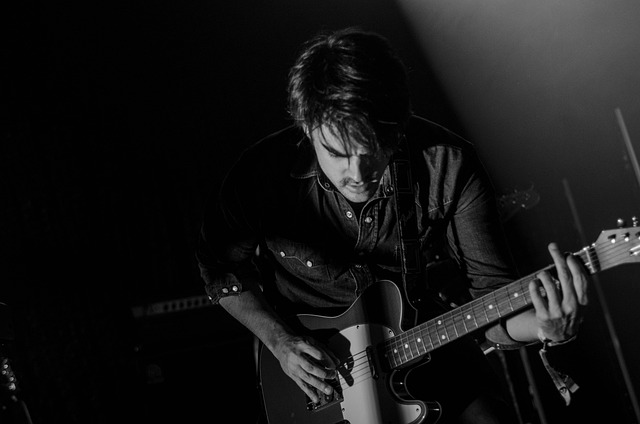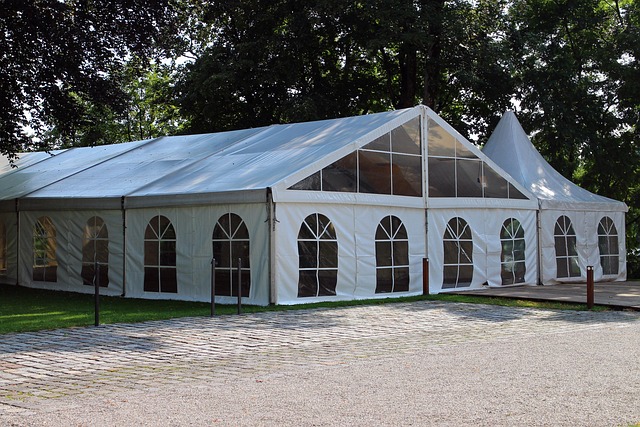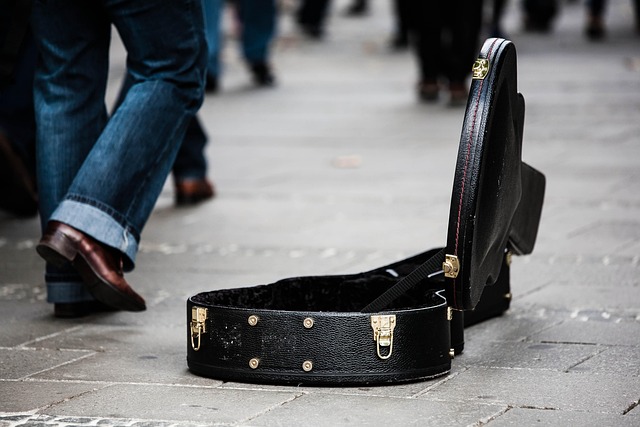
The Evolution of Instruments in the Concert Entertainment Industry
The Evolution of Instruments in the Concert Entertainment Industry
The concert entertainment industry has witnessed a remarkable transformation over the years, reflecting the dynamic nature of music and its ability to connect with audiences. At the heart of this evolution lies the ever-changing landscape of instruments, which have shaped the sound and essence of live performances.
In the early days of live concerts, musicians relied heavily on traditional instruments, such as the piano, violin, and guitar, to create a tapestry of sound that captivated audiences. These instruments served not only as tools for artistic expression but also as a means of evoking emotions and creating memories that resonated with concertgoers. The intimate setting of gatherings where musicians performed their heart out laid the foundation for what we understand as live entertainment today.
As the decades rolled on, the concert experience evolved, paralleling changes in society, technology, and the music industry. The introduction of electrified instruments revolutionized the sound, paving the way for genres like rock, jazz, and pop to flourish. Electric guitars and synthesizers became staples of the concert scene, infusing performances with energy and excitement that left audiences yearning for more. Instruments no longer just accompanied the music; they became central figures, full of charisma and personality that enhanced the overall experience.
The rise of music festivals and large-scale concerts showcased this evolution to an even greater extent. Massive venues filled with thousands of fans presented unique challenges and opportunities for musicians and sound engineers alike. Innovative instruments and sound systems were developed to cater to the demands of these larger crowds, ensuring that every note reached every ear. The immersive experience of festivals created a magical atmosphere, with colorful lights and elaborate stage setups transforming the way we connect with music.
Moreover, with the emergence of digital technology, instruments have become more sophisticated and versatile. Musicians can now blend traditional sounds with electronic elements, creating unique genres that captivate the hearts of fans worldwide. The boundary between the virtual and real has blurred, with artists experimenting with virtual instruments and live-streamed performances, bringing concerts into homes and redefining the audience’s relationship with live music.
In addition to their role in concerts, instruments have also made a significant impact on cinema and film scores, further solidifying their importance in the broader entertainment industry. Iconic movie soundtracks are often inseparable from the emotions they evoke, relying heavily on both traditional and modern instruments to tell a story and deliver an unforgettable experience.
As we look ahead, the evolution of instruments in the concert entertainment industry shows no signs of slowing down. With new technologies emerging and fresh talents stepping onto the global stage, we can only imagine what exciting innovations await. Each performance promises to be a unique expression of creativity, reminding us that at its core, music, powered by instruments, continues to be the heartbeat of our shared experiences.

